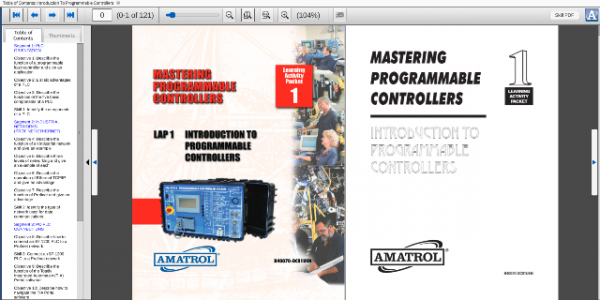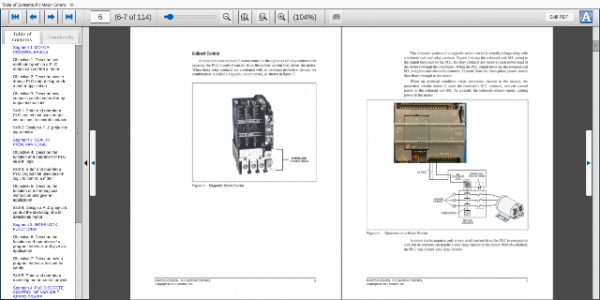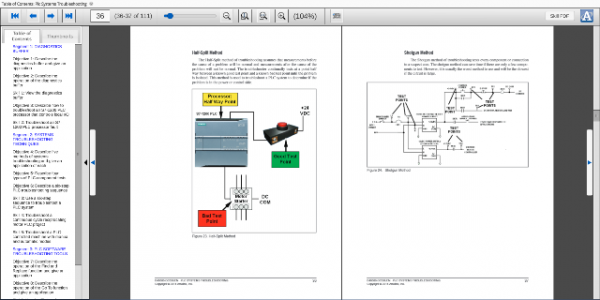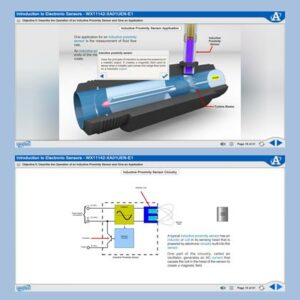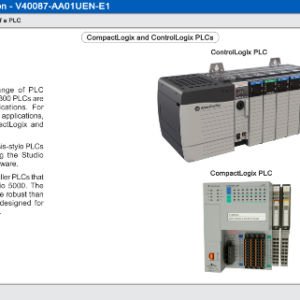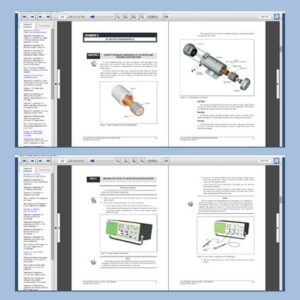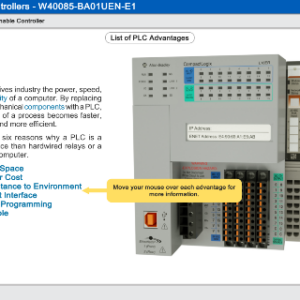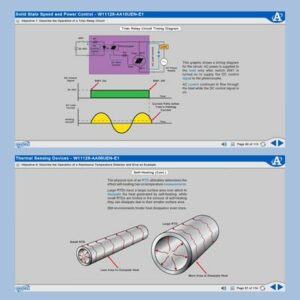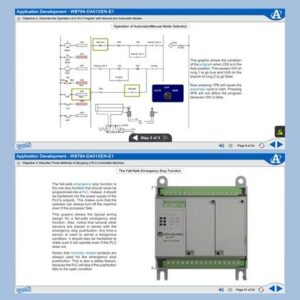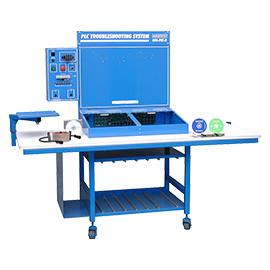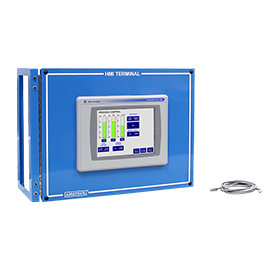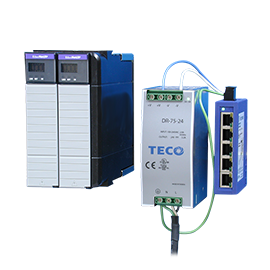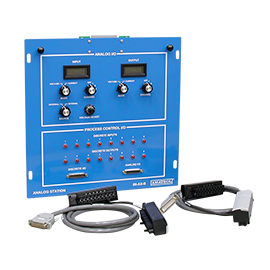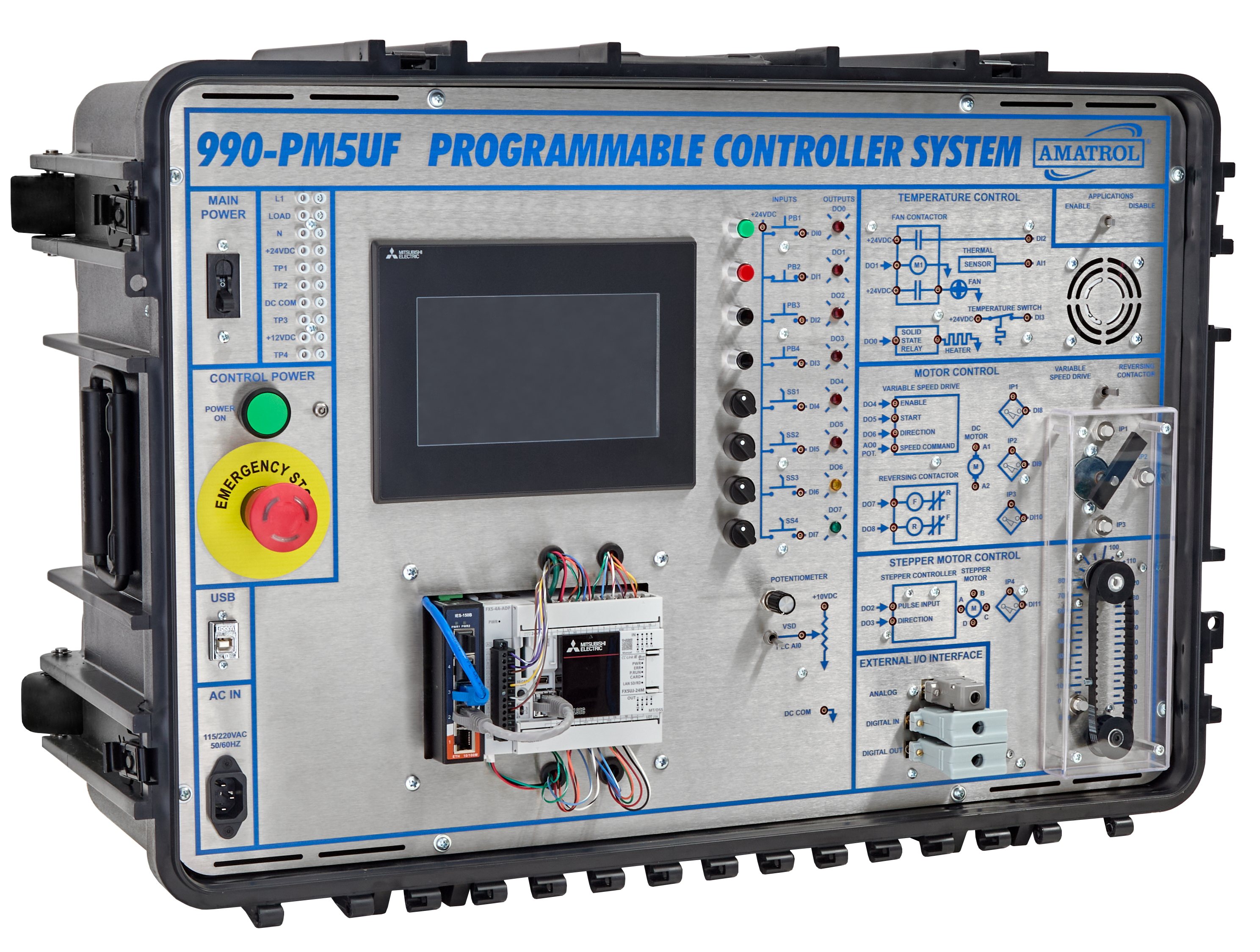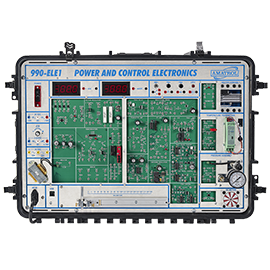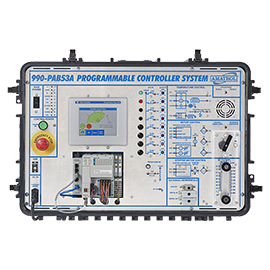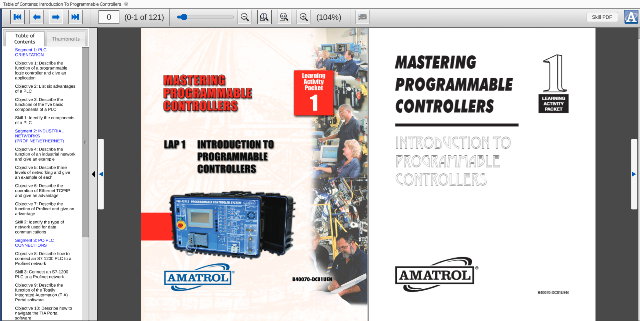
Requires:
- Computer (see Computer Requirements)
Options:
- Portable PLC Troubleshooting Learning System - Siemens S71200 (990-PS712F)
- NOTE: Learning System Available Without Troubleshooting (Equipment: 990-PS712; eBook: 40070)
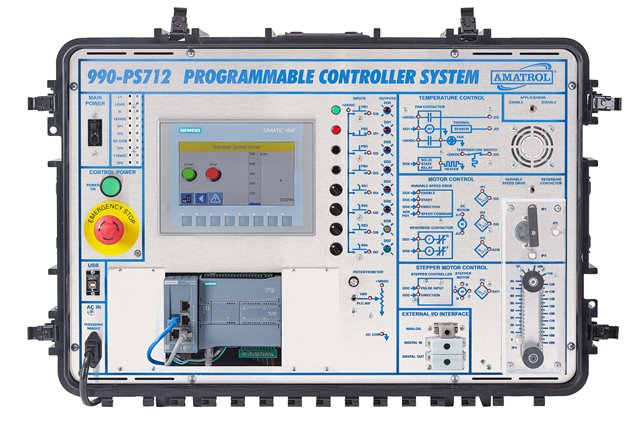
Siemens S71200 (990-PS712F)
Amatrol’s Portable PLC Troubleshooting - Siemens S71200 eBook curriculum (E40070/E40080) provides a mobile option for teaching both basic and advanced applications, as well as sophisticated troubleshooting using the powerful Siemens S7-1200 PLC. Programming, operating, and troubleshooting skills on modern PLC systems are vital for future professionals. Amatrol’s eBooks integrate an HMI panel, networking, and a variety of programming commands in order to teach real-world processes.

